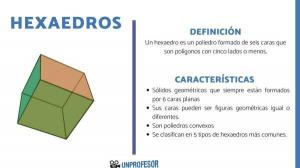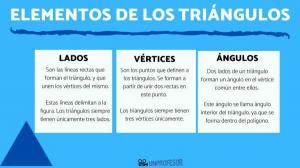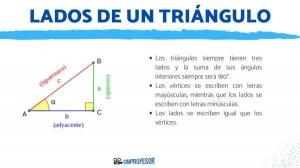What are the EDGES of a cube and their characteristics

Welcome and welcome to this new lesson from a Teacher, in which we are going to talk about edges of a cube. In this article you will understand what they are, how to identify them and what characteristics they have. In addition, at the end you will be able to find an exercise with its respective solution, so that you can verify that you have understood everything that has been developed. Keep reading this lesson and discover what are the edges of a cube and their characteristics.
An edge is what is known in geometry as the line segment joining the faces or sides of plane figures. Colloquially, they are known as edges or edges.
Basically what they do is join the vertices or points of the figure. They are useful when calculating some measurements such as volume, since the length of the edge can determine it, as for example in the cube.
If you know the length of the edge of a cube, you can know its volume, since the volume is calculated by cubing the length of the edge.
To know how many edges a convex polyhedron will have, we can apply the Euler characteristic which says that:
V - E + F = 2
Where V is the number of vertices, E the number of edges and F is the number of faces.
In this way, the number of edges is two units less than the sum between the vertices and the faces. Therefore, to know the number of edges, what we have to do is add the number of faces and vertices and subtract 2 from it.
For example, a tetrahedron has 4 faces and 4 vertices, therefore 4 + 4 = 8, but we subtract 2 and we have 6 edges left. A cube or hexahedron has 6 faces and 8 vertices, so 6 + 8 = 14, minus 2 gives 12 edges. A dodecahedron has 12 faces, 20 vertices, and for that reason it has 30 edges.
To verify that you have been able to understand which are the edges of a cube and their characteristics, we leave you a exercise with your solution en the following section:
- Calculate the edges of the following polyhedra: octahedron, icosahedron, pentagonal prism.
- Classify the following statements as true or false:
- The edges are the peaks of the polyhedra.
- An octahedron has eight edges.
- The edges join the faces of the polyhedra.
3. Complete the following text with the missing words: "A ____ (1) is what is known in geometry as the line segment that joins the ______ (2) of the plane figures. Colloquially they are known as ______ (3)."
Here you can check if you have carried out the proposed activities correctly:
- The edges of the octahedron are 12, since it has 8 faces and 6 vertices, so 8 + 6 = 14, but we subtract two and it gives 12. The edges of the icosahedron are 30, because it has 20 vertices and 12 faces, so 20 + 12 = 32, minus 2 is 30. The edges of the pentagonal prism are 15, since it has 7 faces and 10 vertices, so 7 + 10 = 17, minus two gives 15.
- True or false:
- The edges are the peaks of the polyhedra: FALSE, since the peaks are the vertices; the edges are the lines.
- An octahedron has eight edges: FALSE, since an octahedron has 8 faces and 6 vertices, so it has 12 edges.
- The edges join the faces of the polyhedra: TRUE.
3. The missing words in the text are: (1) edges; (2 faces; (3) edges.
If you found this article useful and interesting, you can share it with your classmates and continue browsing the web tabs. Remember also that at the top you will find a search engine where you can find articles on different subjects.



